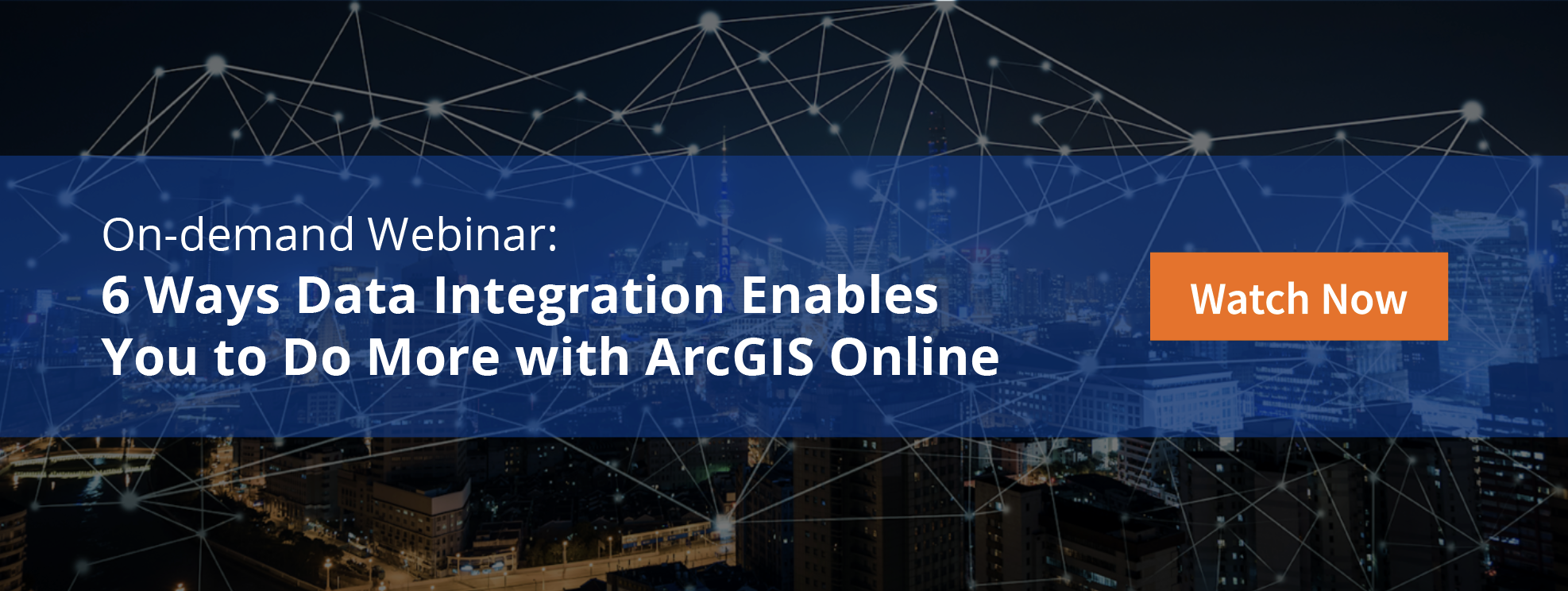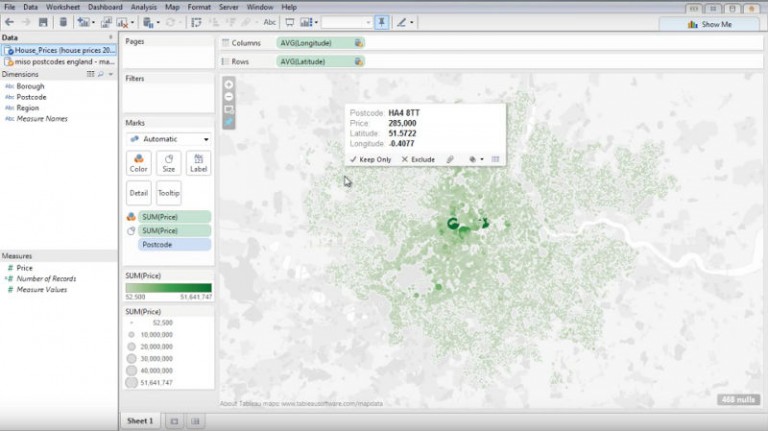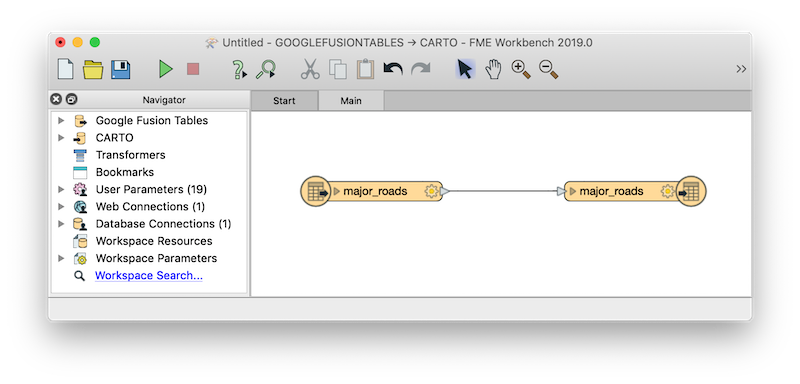For journalists and data professionals worldwide, Google’s announcement that Google Fusion Tables is shutting down means a lot of data will need to be migrated over the next few months. On a Panic Scale from 1 to 10 where 10 is “pass me a paper bag to breathe into”, this is maybe about a 5? Inconvenient, worth a grimace, but no need to scream: there are alternatives, and moving your data is easy using FME. Let’s look at a few options and how to start the migration process.
Key Functionality
To better understand what kind of new solution you’re looking for, let’s first look at what we’re losing with Google Fusion Tables:
- Web-based data visualization and maps.
- Data storage and management from various sources, especially spatial data.
- Automatic geocoding of tabular/spreadsheet data.
- Ability to collaborate on data tables and maps.
- Data sharing and publishing options.
- Basic joining, filtering, aggregating, querying.
- All of this in the cloud.
- All of this for free.
Consider which of those list items are important to you. While no alternative solution is exactly the same as Fusion Tables, FME makes it easy to get all of the functionality you want through one of the following options.
Popular Alternatives
ArcGIS Online
For location-based data — especially if your data is already in a GIS format — AGOL is a natural choice. This platform makes it easy to create maps and share them for viewing in web browsers. With Esri as the creator, it offers some of the world’s top GIS functionality in a web environment, from your choice of basemap to advanced analysis tools. Journalists should also check out Esri Story Maps for next-level interactivity and timeline integration.
 Watch our on-demand webinar to learn how you can bring any data into ArcGIS Online to make use of its maps and services.
Watch our on-demand webinar to learn how you can bring any data into ArcGIS Online to make use of its maps and services.
CARTO
CARTO is a cloud-based location intelligence platform with tools for displaying maps in a web browser. It offers all of the above functionality, is free for non-commercial use and students/educators, and is blissfully easy to use. Plus, it’s open source and based on PostGIS and PostgreSQL, so you know it’s not going anywhere any time soon.
Business intelligence software
BI solutions are unparalleled when it comes to generating beautiful, insightful visualizations like charts, graphs, and maps. If gaining insights from data is your priority, definitely consider Qlik, Tableau (Tableau Public is free), Microsoft Power BI, or Google’s own Google Data Studio.

Web portal by Dotted Eyes [read more]
A combination of free tools
If you’re after something truly tailored (and truly free), you can get all of the above functionality with your own custom integration of tools. For example:
- Store your data wherever it fits best, e.g. spreadsheets, PostGIS, SQLite …
- Pick your favourite cloud system to host it, e.g. AWS for big datasets or simply Google Sheets for spreadsheets,
- For the visualization component, build a web page using a free web mapping library like OpenLayers (see this blog for more).
With a universe of specialized apps and tools available, you can build your perfect data storage and visualization system that does everything Google Fusion Tables did and more. As for keeping the various pieces synchronized and up to date — and maybe adding functionality like automatic geocoding and filtering — that’s what FME is for.
How to migrate your data out of Google Fusion Tables
Get all your data out of Google Fusion Tables by building a workflow in FME. Here’s an example that shows how easy it is. The below FME Workspace extracts my ‘roads’ dataset from Google Fusion Tables and loads it into CARTO. I haven’t done any data transformation, but I could easily filter and restructure the data using any of FME’s 400+ transformers before loading it into CARTO. (Note you need to be using the paid version of CARTO in order to connect to it with an API key, as is the case in this FME Workspace.)

In FME, add a Google Fusion Tables Reader to connect to your data, and then send it to your new system. This FME Workspace is a simple Google Fusion Tables to CARTO migration.
Download FME to get started. We’ll be hosting a webinar on this topic and releasing step-by-step tutorials in the coming weeks, so sign up for our email list to hear when registration opens.
Where do you plan to move your data? Please leave a comment!
Tip if you’re already using FME to write to Google Fusion Tables: Update your workspace to write to a new output by simply right-clicking the writer and clicking “update writer”.

Tiana Warner
Tiana is a Senior Marketing Specialist at Safe Software. Her background in computer programming and creative hobbies led her to be one of the main producers of creative content for Safe Software. Tiana spends her free time writing fantasy novels, riding her horse, and exploring nature with her rescue pup, Joey.



